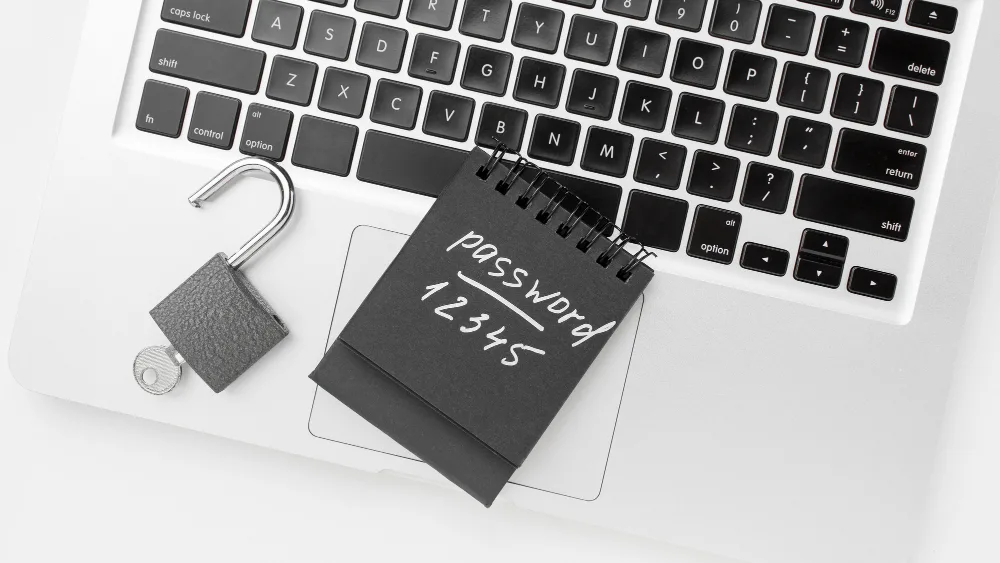Why Regularly Changing Your WordPress Passwords Is Crucial for Security
In the digital age, securing your online presence is paramount, and your WordPress website is no exception. While a strong, unique password is a good starting point, it’s not enough to guarantee the safety of your site. Regularly changing your WordPress passwords is crucial for maintaining robust security and minimizing the risk of unauthorized access.
The Ever-Present Threat of Hacking
The internet is a complex ecosystem with a constant threat of malicious actors seeking to exploit vulnerabilities. These individuals employ sophisticated methods like brute-force attacks, phishing, and malware to gain access to your website and steal sensitive information. A password that remains unchanged for an extended period is like an open invitation for hackers to exploit.
The Importance of Regular Password Changes
Regularly changing your WordPress passwords significantly reduces the risk of your site being compromised. Here’s why:
- Reduced Vulnerability: By regularly changing passwords, you limit the window of opportunity for hackers to crack them. Even if a hacker acquires a password, it becomes useless the moment you update it.
- Minimizing Damage: Even if a hacker successfully gains access to your site, they’ll be unable to maintain control for long if your password changes frequently. This minimizes the potential damage they can inflict.
- Preventing Data Breaches: Your WordPress website likely contains sensitive information, like customer details, financial data, and intellectual property. Regular password changes help protect this information from falling into the wrong hands.
Best Practices for Password Management
- Strong Passwords: Use strong, unique passwords that combine uppercase and lowercase letters, numbers, and symbols. Avoid using personal information or easily guessable patterns.
- Password Managers: Utilize a reliable password manager to securely store and generate strong passwords for all your online accounts, including your WordPress site.
- Two-Factor Authentication: Enable two-factor authentication (2FA) for your WordPress login, which adds an extra layer of security by requiring a unique code from your phone or email.
- Regular Updates: Keep your WordPress core, themes, and plugins updated to benefit from the latest security patches.
- Password Policy: Implement a password policy within your WordPress site, enforcing regular password changes and setting password complexity requirements.
Conclusion:
Regularly changing your WordPress passwords is an essential security practice. By adopting a proactive approach to password management, you minimize the risk of your website being compromised, protecting your valuable data and maintaining the integrity of your online presence. Remember, a secure WordPress website is a foundation for success in the digital world.

Thanks